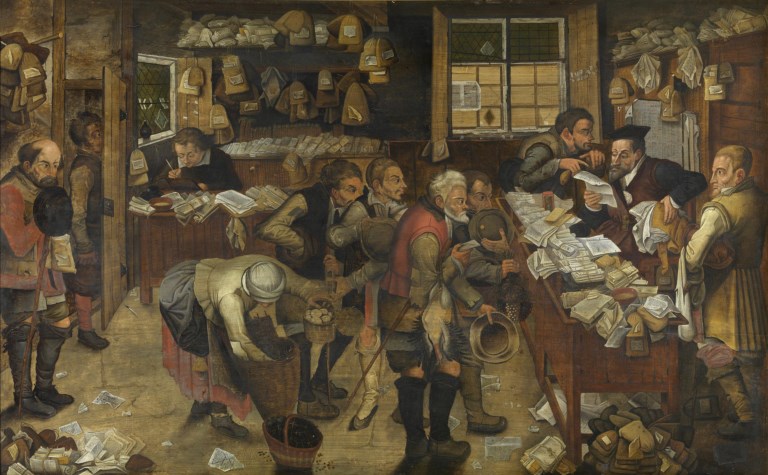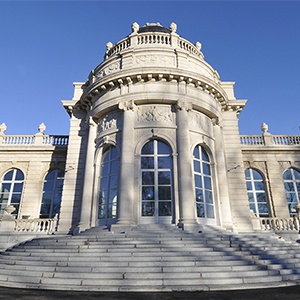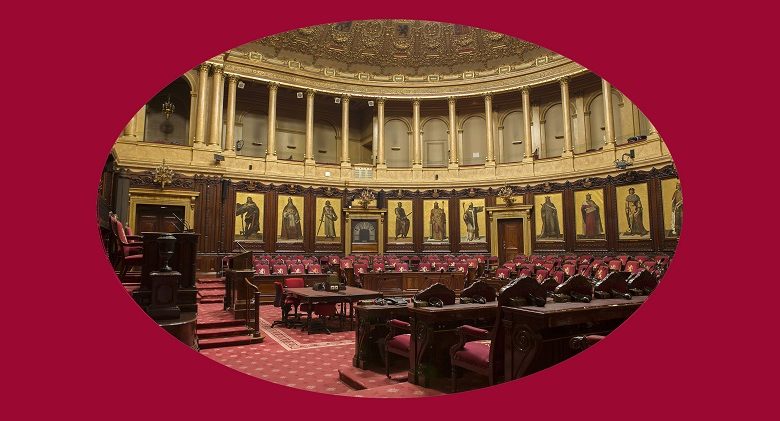De Standaard 21 February 2017
by Geert Sels
Belgium has 78 paintings in its museums that came back from Germany. Although it has the works ‘in custody’ until a rightful owner shows up, Belgium has always omitted to make this list public. Culture journalist Geert Sels is now publishing it in a 40 page dossier in the Belgian art magazine Openbaar Kunstbezit Vlaanderen.

The list contains several major artists such as Joos van Cleve, several paintings of Jacob Jordaens, Jan I Brueghel, Pieter II Brueghel, Adriaen van Ostade, Lucas Cranach (the Elder and the Younger), Cornelis de Vos, Frans Snyders and Pieter Coecke van Aelst.
Based on archive files it turns out that 50 of the 78 paintings have a provenance that is not complete. The Service of Economic Recuperation and its successors did not complete the research; Belgian museums tend to consider the paintings as acquired. For 50 paintings the history is as anonymous as the unknown soldier. The files mentions the vague notion ‘Belgian collection’. Or they mention nothing at all.
Very often they quotes names like Lagrand, De Heuvel, Moorthamers, Arens, Defort or Le Roy as the owners. Ignorant readers could be overwhelmed by compassion when seeing some of those names showing up several times. At a closer look the truth is more prosaic. The research reports of the Allied forces mention these persons as art dealers that to a greater or lesser extent did business with the Nazis.
The question is to whom these paintings belonged before the art dealers brought them to the art market.

Van Cleve from Brussels: forced sale ? foto J. Geleyns / rmfab, brussels
Caution is needed now the dossier in Openbaar Kunstbezit proves that there was looted art going round the art circuit. The auction house of the Palais des Beaux Arts in Brussels, which had a central role during the occupation, sold it. At least two paintings that came back after the war and were labeled as ‘looted art’ appear in auction catalogues during the war. One painting of Gustave Courbet had the remarkable honour to return after the war and be sold again at the same place. The archive file mentions clearly it had been stolen from ‘Belgian Jew’.
 Roelandt Savery from Brussel: confiscated? foto Guy Cussac
Roelandt Savery from Brussel: confiscated? foto Guy Cussac
In this context it is more necessary than ever that thorough provenance research takes place. In the Museum of Fine Arts in Antwerp the Reading Man of Adriaen van Ostade came from Lagrand and the Eve by Lucas Cranach the Elder from Le Roy. Jordaens’s Presentation in the Temple in the Rubenshuis came from Moorthamers. All these ‘owners’ are art dealers.

Eva’ by Lucas Cranach the Elder: Sold by a dealer, previous owner ? Unknown. foto lukas-arts in flanders
The Tax Collector at the Fine Arts Museum in Ghent was originally from a ‘Belgian collector’. Man pouring Wine, a painting by Joos van Cleve at the Fine Arts Museum in Brussels, comes from Arens. That’s an art dealer. The database of the Deutsches Historisches Museum refers to this painting in terms of ‘forced sale’. The same database has a file on The Stag Hunt of Roelandt Savery, also in Brussels. It contains the description ‘confiscated by ERR, Jeu de Paume’. Enough reason for serious research.

